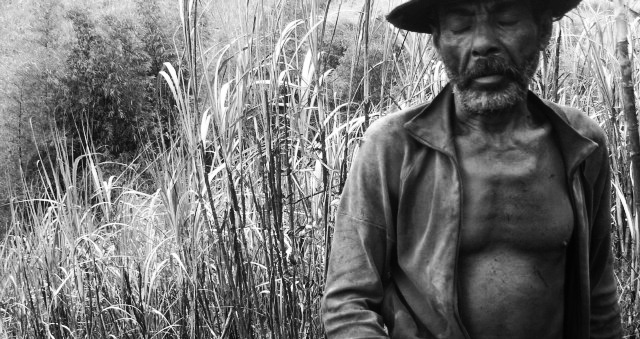In 1997, under President Fernando Henrique Cardoso, the Brazilian Ministry of Labor created a special unit to monitor slave labor across the country. Over 52,000 workers subjected to inhumane conditions have been freed since then. Cardoso’s successor, Lula, went further, and started to publish a “blacklist” of companies profiting from slave labor. They were not only publicly shamed, but were also not able to contract loans from public banks for two years. Brazil started to receive international praise for its policies against the modern exploitation of people.
Sitting President Michel Temer, however, has set us back 20 years with a single piece of legislation. On October 16, Temer issued a decree changing the very definition of modern slavery, adopting the definition used in the 19th century. In essence, the new rules establish that slavery exists only when the boss keeps his employees in captivity. Degrading labor conditions that violate human rights, or forcing workers into debt to control them, for example, no longer fall under the definition.
And if that weren’t enough, companies can now only be sanctioned after approval from the Minister of Labor himself – regardless of what auditors find in work environments. And, as we know, cabinet positions are politically appointed,...


 Search
Search






































